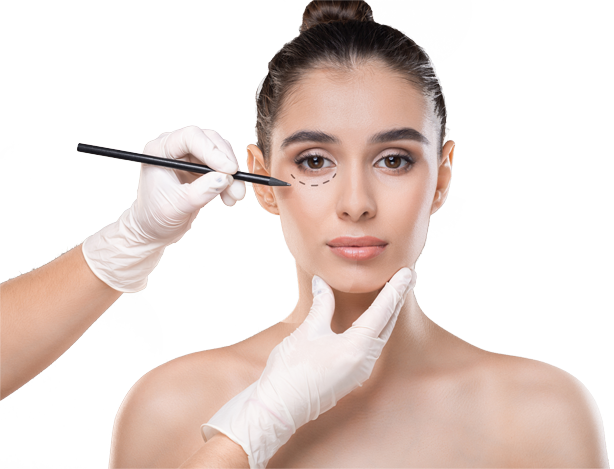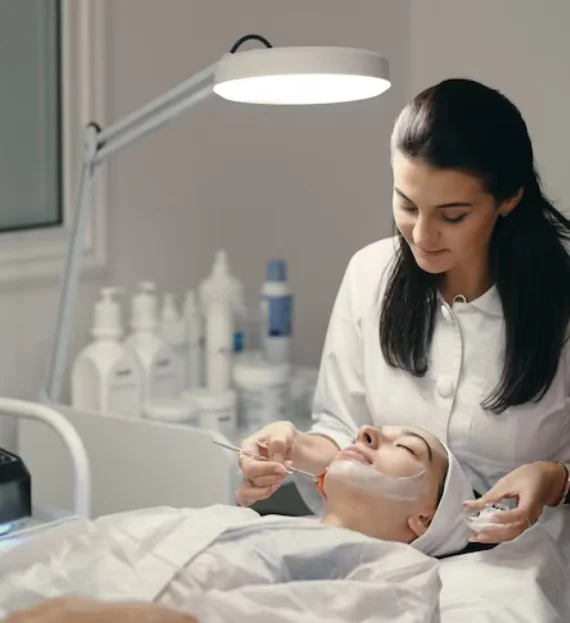Skin Analysis:
Most Popular Procedures
Every person’s skin is unique and needs a customized approach. And for understanding this uniqueness, Dermatologists and Aestheticians use Skin Analysis methods to understand or evaluate the person’s skin tone, texture, and health. Many tools like a Woods lamp, magnifying lamp, and digital skin analysis machine are employed for evaluating different skin conditions like acne, pigmentation, eczema, tanning (skin damage due to overexposure to Sun), aging, and rosacea, etc.
The outcome of skin analysis i.e., the skin profile becomes an important tool in preparing a treatment plan for addressing the identified skin issue.
Hair Procedures
A trichologist or hair stylist uses Hair Analysis which is a set of tests that are conducted to understand/evaluate one’s hair health or condition. This hair health analysis includes tests like visual inspection of the hair strands and the scalp, and a hair pull test to check the hair shedding rate. These tests help in identifying the cause of hair loss or scalp conditions like seborrheic dermatitis, psoriasis, or dandruff and formulate a customized or personalized treatment plan for addressing the identified issues.
Nail Analysis
Nail analysis is a set of tests and personal questionnaire sessions to understand/evaluate nail health and condition conducted by Dermatologists or nail technicians. They inquire the patients on signs and symptoms experienced by them in relation to nails and living style. Many times, the cause for nail conditions like brittleness/ breakage apart from fungal infections, nail bed tumors, or psoriasis are identified. Based on the analysis report, Specialists develop a treatment plan to address the identified nail issue.
Faq
Frequently Asked Questions
A. nail analysis can help identify nail disorders, such as fungal infections, psoriasis, or nail bed tumor
Generally, there are no risks associated with these types of analyses, as they involve non-invasive methods. However, if any testing or procedures are performed, there may be a slight risk of infection or other complicationsGenerally, there are no risks associated with these types of analyses, as they involve non-invasive methods. However, if any testing or procedures are performed, there may be a slight risk of infection or other complications
A. Yes. The preparatory steps involve - thorough cleansing of the marked skin portion, application of the topical ethic for numbing the skin, and eyes are protected with eyewear
- The following skin concerns are considered –
- Pigmentation
- Pores
- Fine Lines/Wrinkles
- Skin nature – oiliness/dryness
- Radiance
- Under Eye Bags
Firmness
A. The frequency of analysis tests for skin, nails, and hair depends upon the individual’s age, underlying conditions, and medical history as recommended by the healthcare professional or once/twice a year.
A. It may depend on the specific insurance policy and the reason for the analysis. It is recommended to check with the insurance provider for coverage details
A. The skin, nail, or hair analysis test does help in identifying the conditions but a qualified dermatologist/Trichologist or Onychologist is clinically qualified to diagnose the identified conditions and treat them appropriately.
A. The skin, hair, and nail analysis tests help in identifying the condition at an early stage or with early signs leading to the initiation of early treatment. This checks on further deterioration and resolution of the condition.






